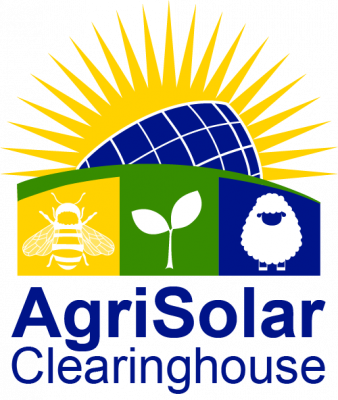500MW of Community Solar to be Deployed by Community Solar Collective
“Aggreko Energy Transition Solutions (ETS), a business unit of Scottish modular power equipment distributor Aggreko Ltd., announced it would become the capital partner to the Farmers Powering Communities (FPC) platform, a farmland community solar development collective. With preservation and non-profit groups Edelen Renewables, the American Farmland Trust and community solar aggregator Arcadia, the FPC platform is focused on building out 500 MW of community solar projects over the next decade sited on rural farmland.
The farming community solar program will advance projects of 25 to 50 acres to provide green energy to the many residents who don’t have access to rooftop solar or a local clean energy source. These could be low- to middle-income residents who may not be able to afford solar, people who rent and don’t own their roof, or people whose homes are not situated to take advantage of the sun’s energy.” – PV Magazine
Jack’s Solar Garden Hosts Agrivoltaic Bill Signing
Colorado governor Jared Polis recently signed Colorado Senate Bill 092. The bill signing was attended by Senator Chris Hansen; Representative Karen McCormick, DVM; and Colorado Commissioner of Agriculture Kate Greenberg. The signing was hosted at Jack’s Solar Garden, an agrisolar operation in Boulder County, Colorado, and one of the largest agrivoltaic operations in the country.
“In support of the use of agrivoltaics, which is the integration of solar energy generation facilities with agricultural activities, section 2 of the bill authorizes the agricultural drought and climate resilience office to award grants for new or ongoing demonstration or research projects that demonstrate or study the use of agrivoltaics.” – colorado.gov
Oregon State University Shows Benefits of Agrivoltaics
“On a small research farm outside of Wilsonville, Chad Higgins feels like he’s watching the future of farming and energy production unfold. Higgins, a biological and environmental engineering professor at Oregon State University, oversees one of the largest experiments in agrivoltaics in the world.
Using agrivoltaic systems, Higgins has grown tomatoes with bigger yields and dry beans with higher protein content. He’s raised sheep in pastures under solar panels and, though the sheep don’t grow any faster, he’s able to graze more of them per acre because the grass grows more quickly. He’s also found that, because the plants cool the environment around them, the solar panels don’t run as hot and produce energy more efficiently.” - KGW
